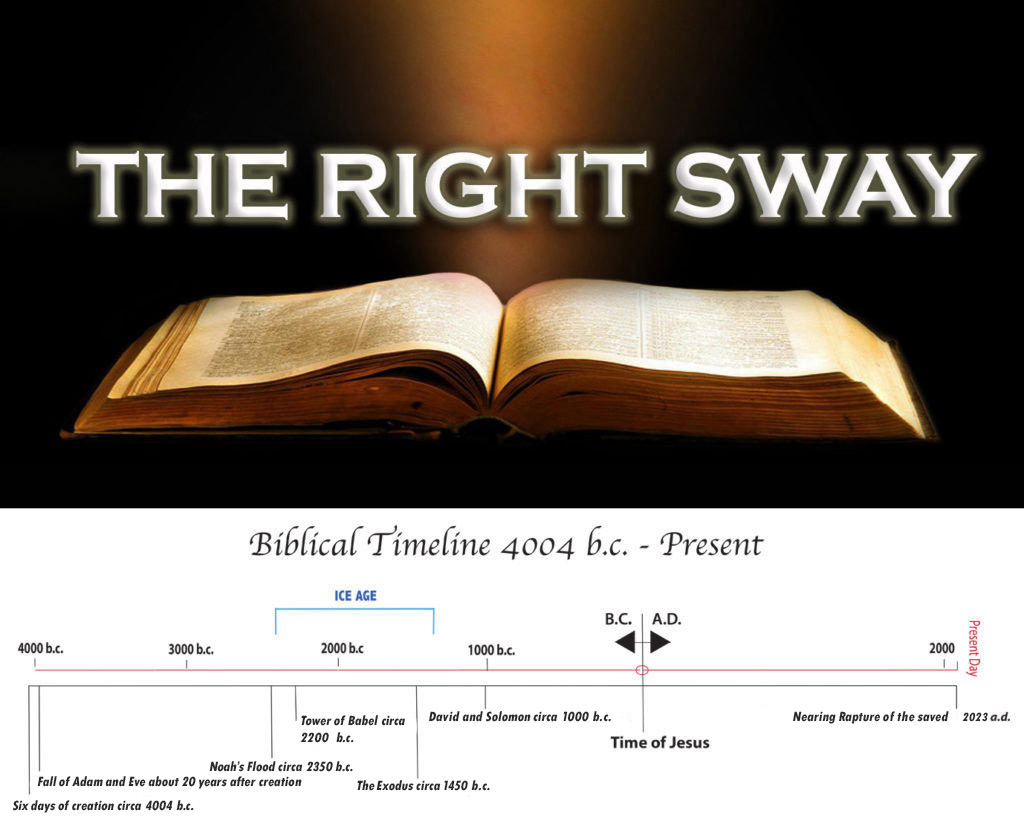Between the Pamir mountains and the Hindu Kush range in central Asia, in the deep vast valley of the Amu Darya river (anciently known as the Oxus for Oxyartes), at only about a thousand foot elevation, was the idyllic kingdom of Sham i balah, Shambhala in Vedic texts, on an Oxus tributary which became only a seasonal stream, the Balkh, when the Ice Age had ended (when water wells were begun dug for the ensuing Bactrian civilization). Sham i bala means elevated candle of Shem, a son of Noah made the sun god by those people, some of whom were progeny of Shem’s son Aram such as Uz of Uzbekistan.
